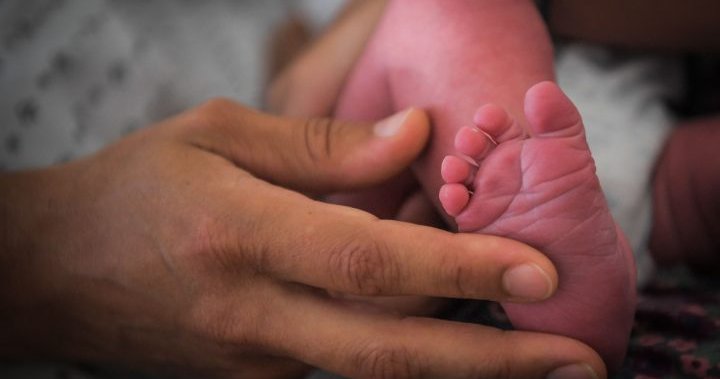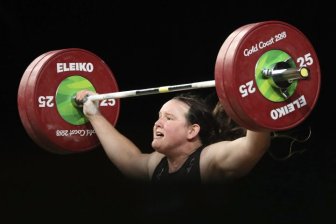Indigenous people living in rural Canada are 16 times more likely to travel long distances — sometimes hundreds of kilometers more — than non-Indigenous people to give birth, according to a new study.
The findings, published Monday by researchers from several universities, hospitals and health institutions, were found through a review of data from a federal survey on maternity experiences in Canada.
Read more:
Canada’s Indigenous communities at greater risk post-surgery, study shows
The results of the review, which included 3,100 mothers living in small and rural towns across Canada, revealed a staggering disparity between the experiences of those across several different communities — that 23 per cent of Indigenous women had travelled 200 km or more to give birth compared to only two per cent of non-Indigenous.
“I knew there would be a disparity, but I never imagined that the disparity would be so extreme, particularly since we weren’t including First Nations women on reserves,” Dr. Janet Smylie, who is Métis-Cree and is a family practitioner and professor of public health at the University of Toronto, told a Canadian Medical Association Journal podcast.

Smylie and the other co-authors of the study had also taken into account several other socio-economic factors experienced by Indigenous people, pointing specifically that mothers from those communities were more “likely to be single, have lower levels of education, have an income under $30,000 a year, have experienced abuse and have been admitted to hospital during pregnancy than non-Indigenous mothers.”
They had also specified that the sample of 3,100 had been weighted to represent 31,000 mothers — which comprised of 1,800 Indigenous and 29,300 non-Indigenous — and that First Nations women who were living on reserve were excluded from the survey.
Read more:
Death of Harlen Laboucan reveals ‘glaring disparities’ of Indigenous health care: doctors
Smylie said that for First Nations, Inuit and Métis people, giving birth close to home is a very important tradition because the land is considered a part of their family.
“If you have to move away from where you’re from, it’s like leaving a very important relative out of the birth experience,” said Smylie.
Dr. Anna Banerji, a pediatric infectious disease specialist and expert on Indigenous and refugee health at the University of Toronto, said she wasn’t surprised by the findings of the report.
Read more:
COVID-19, lack of mental health support creating ‘dual pandemic’ for Indigenous Canadians
Though Banerji wasn’t directly involved in the study, she frequently travels to and works out of rural Indigenous communities, and said that there are so many other complications to consider for Indigenous people who are not able to give birth within their communities.

“So it has a huge impact on these young women — they’re separated from their families, often separated from their spouses, they can be separated from their children,” Banerji said, noting that in many instances, women would have to fly large distances from their communities and wait by themselves in boarding houses or tertiary centres.
“Often they travel alone so they don’t have someone there with them during the birth, they may be in places where they don’t speak the language or the health care providers may not understand the culture.”
Read more:
Echaquan inquiry: Former health boss says he was unaware of racism problem at hospital
The study’s authors also pointed to the discrepancies in travel distance between Indigenous and non-Indigenous communities as being a result of longstanding systemic colonial policies.
Banerji said, however, that these policies have far extended past that of Indigenous health care, pointing to disparities in funding across the board from education to housing to social services.

“Indigenous people get per capita a fraction of the funding that non-Indigenous people get, and that is very much a colonialist attitude — that they don’t need more, deserve more,” she said.
“I would say it’s actually an apartheid attitude where you have differential funding in one group of people based on race.”
Though a lack of access to health care in those communities, including those in reserves, remains one of the longest running issues faced by Indigenous peoples, the studies authors pointed at several ways to help increase access to proper birthing support.
Bringing in more Indigenous midwives and health professionals to or near those communities, as well as including community leaders in health service planning, could all potentially help increase access.

Banerji said that they need to take it a step further and start looking at the system as whole to make it safer and more equitable for Indigenous people.
“We’ve seen over and over again, especially in the past few years, how Indigenous people are generally treated differently than non-Indigenous people,” she said.
Ultimately, Banerji said that concrete steps need to be taken in remediating those disparities and that funding should be going to both health-care workers and to the education of those not working in health care as well.
© 2021 Global News, a division of Corus Entertainment Inc.
















































